Only recently has LWCF funding been specifically purposed with unlocking our inaccessible public lands, meaning that we’ve got a lot of work ahead of us when it comes to establishing access to isolated parcels
When the TRCP and onX began the research for our recent inaccessible public lands report, “Off Limits, But Within Reach,” the primary goal was to produce the most accurate calculation of landlocked public lands possible. But in addition to determining that the thirteen Western states contain more than 9.52 million acres of landlocked federal public lands, we also uncovered another startling finding: the work to open access to these inaccessible public lands has largely just begun.
As part of the report, we wanted to highlight successful examples of acquisition projects that provided public access to the two different types of landlocked public lands: checkerboard and isolated parcels. Checkerboard lands are remnants of a bygone era when the federal government gave railroad companies alternating sections of land that met corner-to-corner, whereas isolated parcels are tracts of public land entirely enclosed by surrounding private holdings.
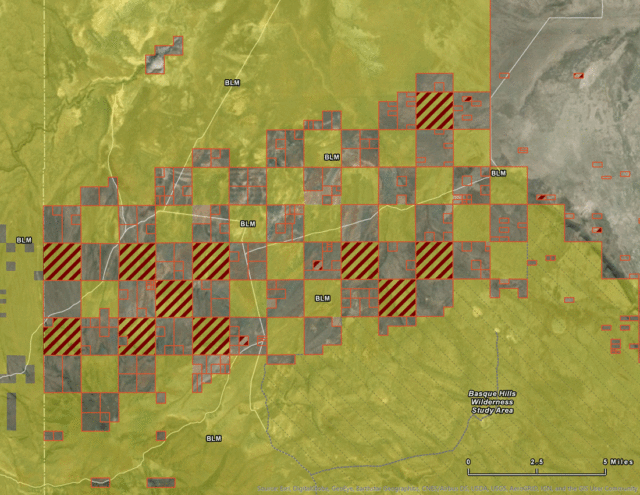
Searching for these real-world examples, we called every expert we could imagine within the land trust community and the federal land management agencies. There was no shortage of great LWCF-funded checkerboard consolidation projects, but we were shocked by how difficult it was to find an example of a LWCF-funded project that opened access to an isolated parcel. In fact, our research turned up only one isolated parcel access success story nationwide: Western Rivers Conservancy’s Thirtymile Project along the John Day River in eastern Oregon.
As we came to realize, isolated parcels haven’t been prioritized for access acquisition in the past because of the way that LWCF projects were traditionally “scored” by the federal agencies when being considered for funding.
While the Land and Water Conservation Fund has been around since 1965—using revenue from offshore oil and gas development to fund outdoor recreation projects—the Fund has primarily been used by the federal agencies to benefit public lands by conserving resources like wildlife habitat, clean water, and special places. Acquisition projects that consolidate checkerboard lands not only improve or establish new access to public lands, they also prevent habitat fragmentation and the future development of intact landscapes, and thus often check the necessary boxes to score highly under the traditional rating system.
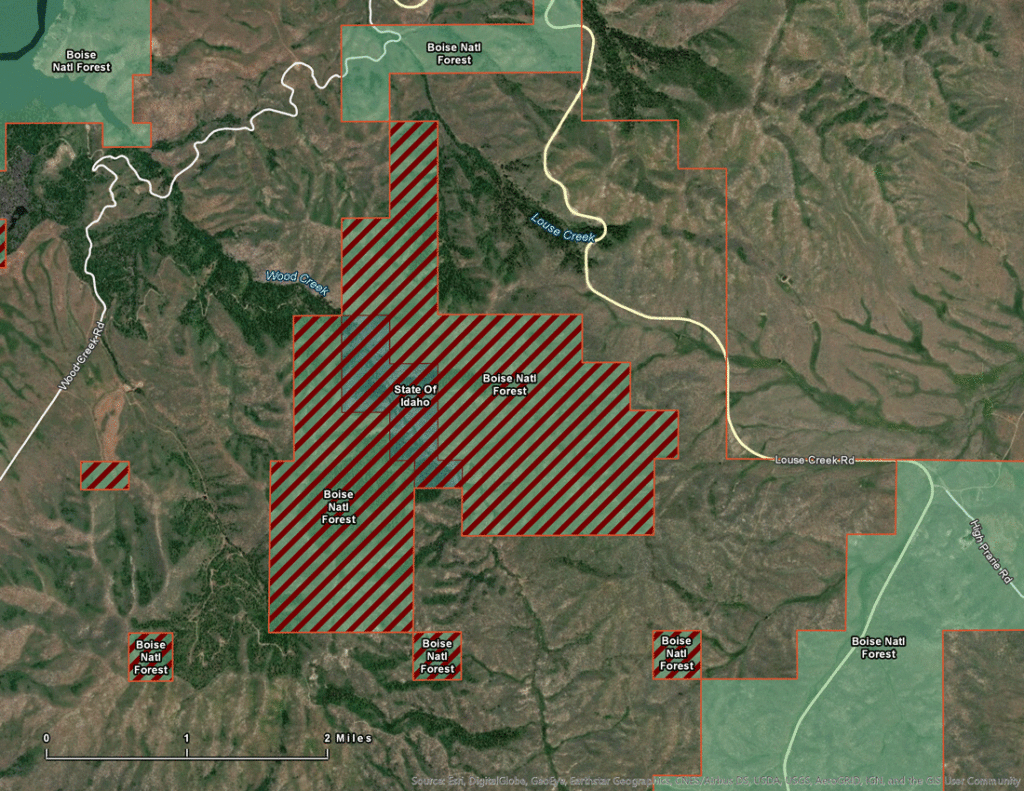
While the long-term use of LWCF dollars has benefited millions of Americans and advanced countless projects that were worth their weight in gold—including many that benefitted access— it wasn’t until 2012 that Congress mandated an annual portion of the Fund be used exclusively to address the issue of limited or nonexistent access to public lands. The timing of that change made sense, given that private land access issues weren’t a major concern when the fund was originally created—in decades past, most sportsmen and women could obtain landowner permission without too much difficulty. And so acquisition projects to unlock isolated parcels of public land for hunters and anglers only very recently became a priority for LWCF funding.
As a result, our research found that in places like the BLM Miles City Field Office of eastern Montana, nearly one million acres of federally managed public lands sit entirely inaccessible to the public, yet not a single LWCF project has been completed in the area to fund public access. The story is much the same in other areas with a similarly high concentration of landlocked lands, such as the BLM Buffalo Field Office in eastern Wyoming.
Sportsmen and women should not see this situation as a failure, but rather as a sign that this important work is now just getting started and that we still have much to do. In fact, many lawmakers appear to recognize the need to fund access acquisition and on September 13, the House Natural Resources Committee passed HR 502, a bipartisan and well-reasoned LWCF-reauthorization bill that includes up to $27 million annually for access acquisition—twice the amount that has been previously available.
While last week’s development represents an encouraging opportunity, the House committee’s actions on LWCF were just one of many needed steps to save this vital program before its scheduled expiration on September 30. With no clear resolution in sight, there’s a very real risk that sportsmen and women will lose the best available tool to open access to landlocked public lands across the West when we need it most.
Take action today to encourage your lawmakers to permanently reauthorize the Land and Water Conservation Fund with full, dedicated annual funding before it expires on September 30. Your future ability to access more than 9.52 million additional acres of our public lands depends on it.
Photo courtesy of BLM Wyoming

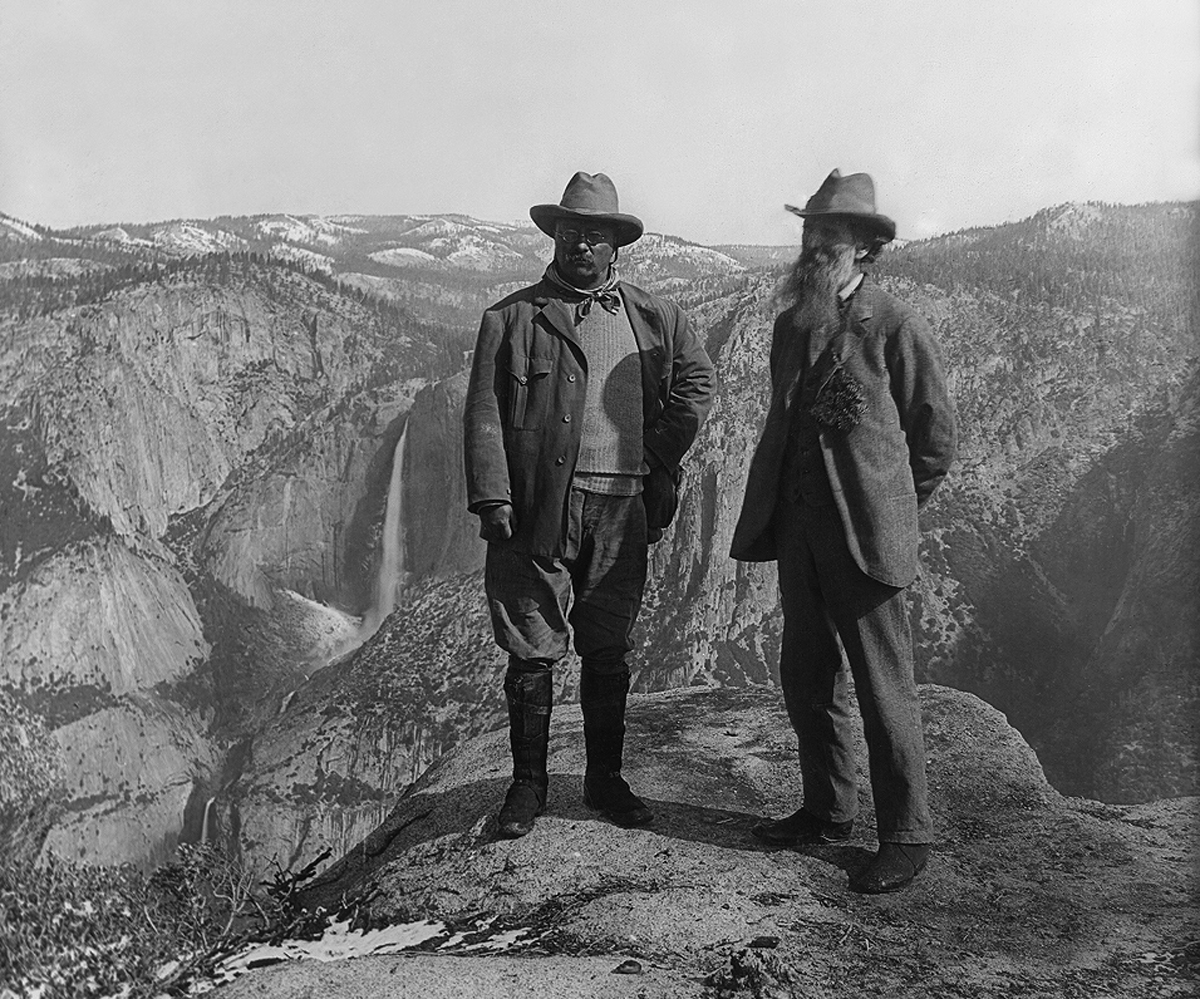
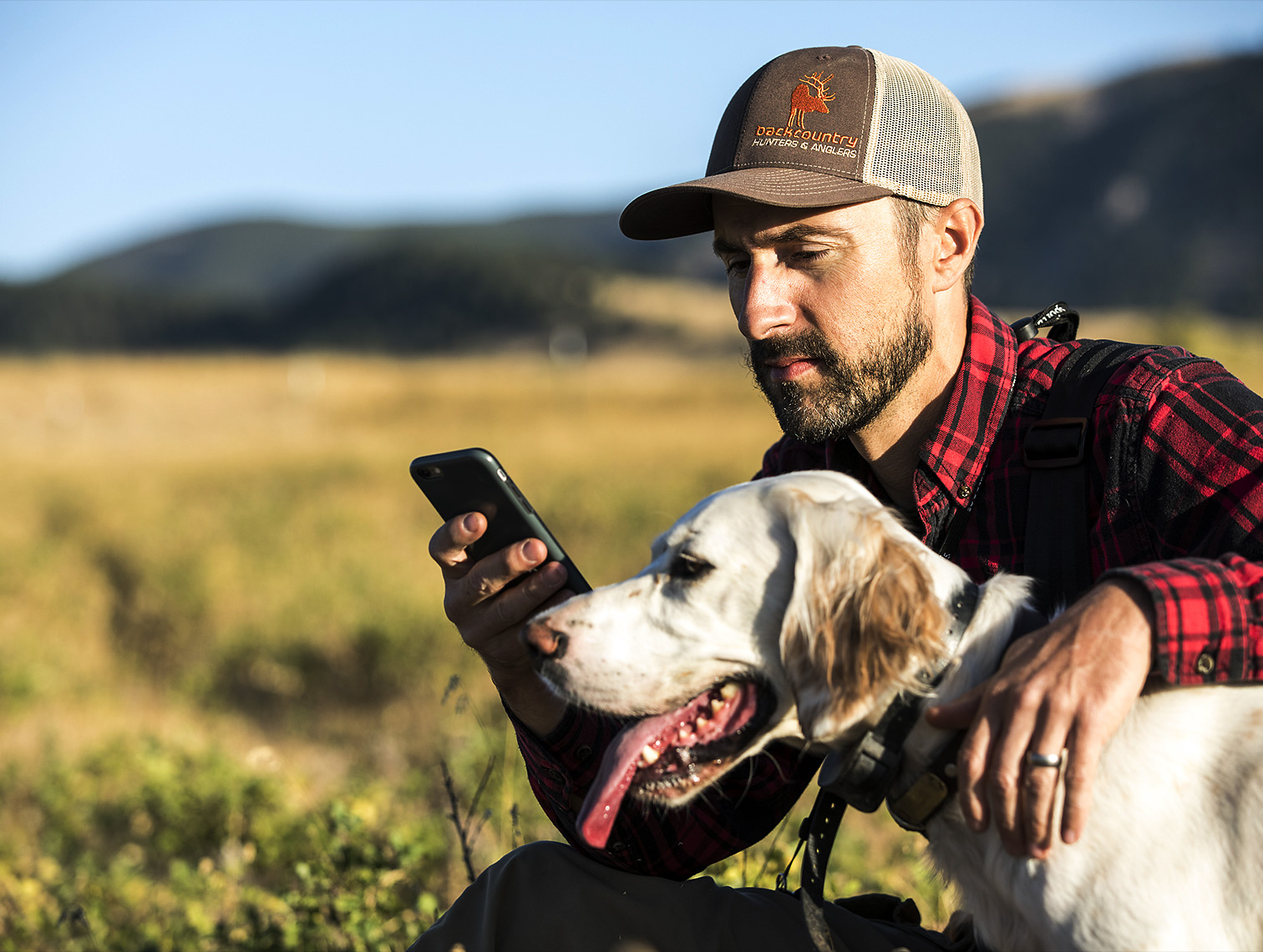

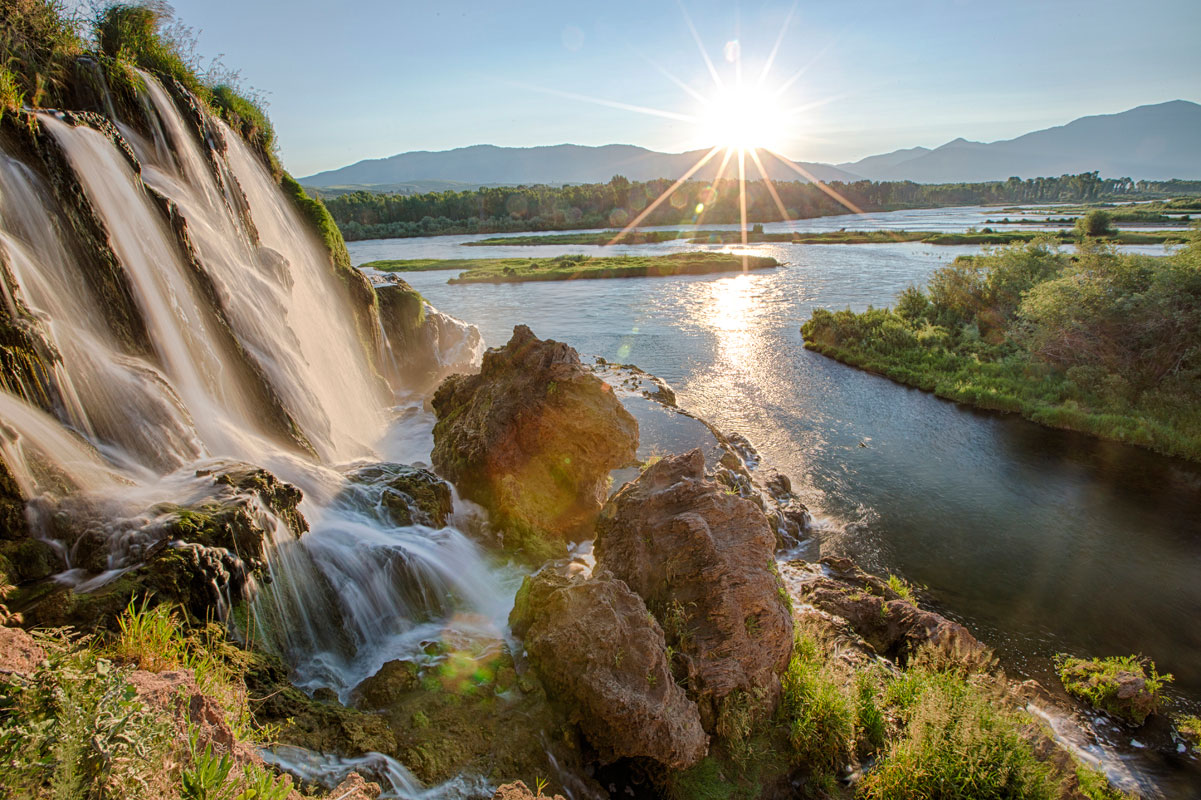




I believe that RMEF also completed a couple checkerboard consolidation projects, and John Day area was one. Their land acquisition people out in the field likely have many more that they feel can be done quickly and easily. Reach out to them and ask for their input and support; you’ll find a willing and able partner!
Private land owners have utilized checkerboard land holdings across the West for many many years. Its not a secret and it’s about time someone shed a light on this. Thanks for your work
Its great that folks are recognizing the significant value in acquiring access to our public lands. Many changes have occurred in the last couple of decades with respect to landowners willingness to voluntarily allow access across their lands to land locked public parcels. Also, many large industrial tracts are being sold off to numerous smaller land owners which will make it even more difficult in the future to ensure public access to those public lands not now accessible. I do feel it is an appropriate use of LWCF funding to begin an accelerated effort to secure access to public lands. But, we should also be considering land exchanges, selling lower value lands in order to buy higher value lands, and, especially, access easements as opposed to always looking for fee title to ensure access.
Thanks for all you are doing to enhance access to our federal public lands for me and future generations.
Please support permanently reauthorize the Land and Water Conservation Fund with full, dedicated annual funding before it expires on September 30. Your future ability to access more than 9.52 million additional acres of our public lands depends on it.
We need to keep the LWCF going! On-X Hunt has done a great job with their maps and efforts to open access to previously inaccessible land. You guys need to make a notify your representative article just like this, so everyone can send a pre-established letter to their state reps and senators with the click of a button!
What about our locked land in Alabama we need help too
This needs to become a high priority for the public can use the lands we own and stop abuse by private landowners who landlock public lands.
Unlock our lands
All Public land needs to be accessible, even if we have to cross private land !
I live in Cheyenne WY, am an avid outdoors person, mostly hunting. One of my favorite area is Laramie Peak where there are many acres of BLM land which are landlocked by private land. The owners have posted signs everywhere keeping people from accessing the BLM land. They use the land for their own use, lease it out to outfitters who charge “mega-bucks” to clients for hunting purposes. We, as WY residents, should be able to access the BLM land as long as we do not disturb any private land while traveling to BLM land to enjoy as some others do. They are making thousands of dollars using BLM land for their gain while keeping others, you and me, from pursuing our interests. Some have posted BLM land claiming it to be private and my GPS states differently, not fair or right. They are able to have their own “private preserves” at our expense and I would like to see that change soon.
It seems reasonable that the public should have access to public lands. We and two neighbors share a property line with a land-locked 40-acre parcel. We do not allow the public (read “hunters) to cross our property to this land-locked parcel. Maybe we are wrong, but if hunters were allowed there, it would endanger our lives. We think of this small acreage as a refuge for wildlife. It also is an area that seems to have been used extensively by indigenous cultures. To us, it feels like a sacred place, and we respect it as such. That goes against the idea of public access for all public lands, but we will continue to do what we can to keep this area protected.
I had an opportunity to hunt public land in Colorado with the name “Red Canyon” where a friend in Colorado had hunted for years. The trail leading to it crossed through a small corner of private land and the year I was able to go, the owner cut off all access and obtained thousands of acres as his private hunting club.
Make public land available to the public rather than the select few that control access
Public access is not just for hunting! Private land owners claim that by allowing access, that it will endanger their lives. I’m calling BS on that. There are weapons restrictions on small chunks of land and within certain distance from houses. What about all of the people who don’t hunt? Maybe people just want to be able to see the beautiful landscape by hiking, biking, fishing etc. People are greedy to keep things all for themselves and there need to be better laws for the public!
I get both sides of the fence. I have worked as a cowboy on several ranches that have a checkerboard land ownership. It makes things confusing for all parties. But from a ranchers’ perspective they would rather have the opportunity to buy it from the government. This article fails to address any of the cecerns that the private land owners have, most of whom are ranchers trying to make a living. Yes, they pay small grazing fees, but it comes with a ton of restrictions and uncertainty. Dozens and dozens of ranchers have been forced out of business by the govt buying their land cheap after strong-arming them into submission and then changing their grazing policy on them. So just keep in mind, where some are concerned about a good spot to go climbing or hunting, others are concerned about keeping the family business alive.
The first politician to run on requiring all public land to be accessible to the public, via eminent domain if necessary, gets my vote. If your private land eliminates access, sell, donate a ROW, or take what you get. Time for land reform just like in those banana republics. The North American Model calls for equality of opportunity to harvest game, it’s time to keep that promise.
Access to public lands should be allowed. A private landowner has access rights to the private property, so we, the public, should have the same rights of access to “our” property. How did landowners manage to own a thin strip of land connecting his two sections, effectively blocking even more accesses. Seems like some “good ol’ boys” behind the doors scheming to me.
define access? a lot of public land is accessable if you walk, if your looking for motorized access then I do not agree
Are there maps of landlocked public lands available in my state?
Good question, Kevin. For now, information about specific landlocked parcels is unavailable to the public. onX used its proprietary GIS data to conduct this study, and if you’d like more information you should reach out to them.
I tried to go Camping today on some BLM land that is close to me. I don’t have a car. Well, there are only two roads that go to the BLM land and both are blocked off with “No trespassing” signs. I could not find any way to access the BLM land. This particular spot is on top of a hill in Talent, Oregon. Gorgeous views of the Valley. It’s not fair or right that I can not go camping there.
I read in the RMEF magazine that there are over 9 million acres of federal lands that are inaccessible or accessible only by helicopter so as to not trespass on the adjoining property owners land. It doesn’t seem right that no one can access these lands except for select few and I feel if the taxpaying public can not have the ability to hunt, fish, or whatever on these lands then why should the surrounding property owners as this land is not theirs it is everyones. The RMEF does help facilitate land purchases occasionally to get easements to some lands but it is a slow process. The govt should purchase easements to these lands or close them to all. I know ranchers have to make a living but I have also seen where they have fenced off BLM lands and denied access like they were the owners which they aren’t they only have grazing rights